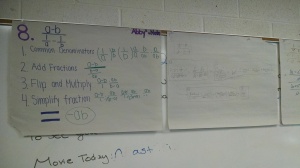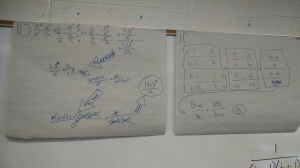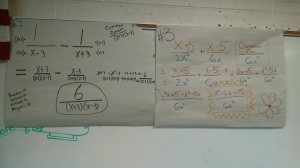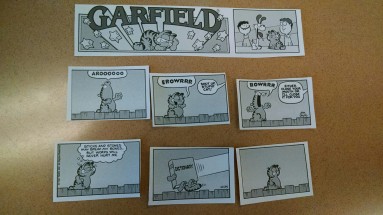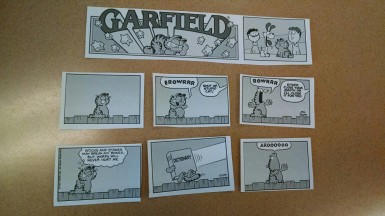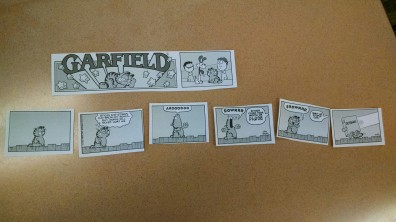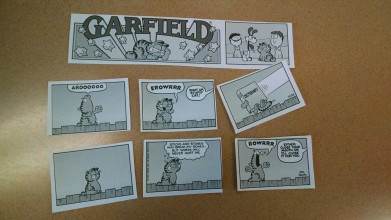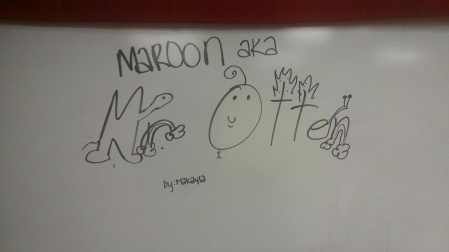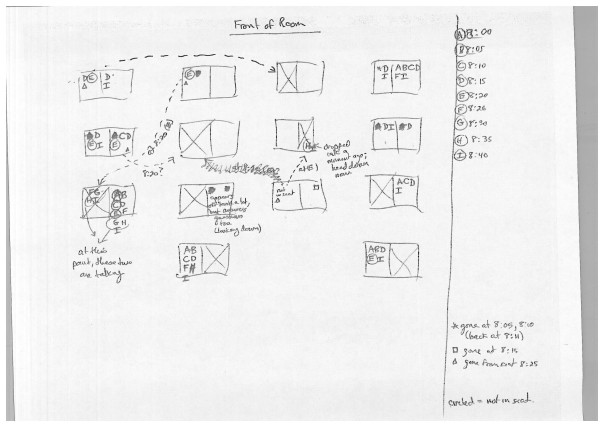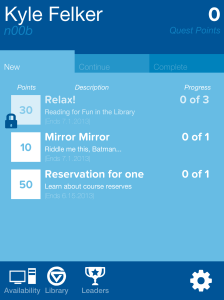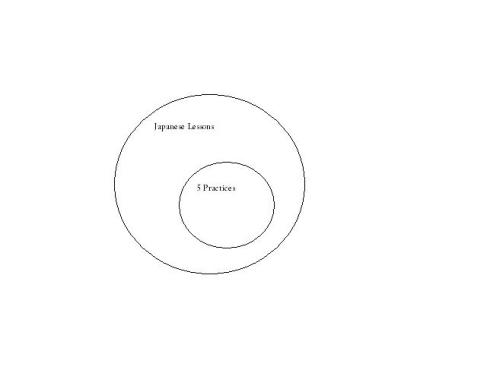Through this student teaching semester at Rockford High School I have grown in many ways. The most important growth is my confidence and excitement to teach and lead my very own classroom! But more specifically there are two major ways I have grown this semester.
The most noticeable change is my greater control of words. At the beginning of the semester I said “okay” and “alright” over 100 times in a lesson (my students kept a tally on occasion). But now I have no words that I repeat annoyingly. The only help I needed to fix this was the knowledge that I was doing it! Another big growth I have made is with the student relationships. Debate-ably the most important part of teaching, is relating to the students. At the beginning of the semester I became good friends with the students. But this proved to be detrimental as I became the leading teacher of the classes. They saw me as a friend rather than a teacher and for some, respect was lacking. However, by the end of the semester I believe there was an understanding that I knew a lot about math and that any activities I assigned for them had been thought out and was worth doing. While this didn’t stop all the students from giving me their full respect, I still had many that trusted in me and on rare occasions confided in me.
A third growth involves many strategies that I found to be useful and that I plan to use in the future. The teaching strategy I like the most is teaching from the back of the room. While most teachers present the information and lead the class from the whiteboard. I liked it most when I was in the back facilitating discussion and pairs or groups of students were at the front presenting a problem or owning the spotlight. This strategy allows the classroom to feel like a community of learners rather than a lecture, and it allows for me to be able to observe the entire class and have my back to them as little as possible. This strategy also works best when students are doing the work which often means students are discovery the math and students talk to each other more than just the teacher talking to the entire class.
Another strategy I found is a new formative assessment application called plickers. I found this on twitter and after reading about it I quickly put it into use. This has allowed me to structure lessons in steps where I can quickly check each and every students at the end of each step. If any student does not yet understand, we can stop right then and there and make sure everyone is ready before moving onto the next step. I have used plickers for review questions, a survey type game and for quick formative assessments like I described above. While some formative assessments may be better for certain lessons, I am convinced that there is no way to formatively assess more quickly.
To see more thoughts and activities from my student teaching semester as well as my entire GVSU College of Education experience, just out my field portfolio.
